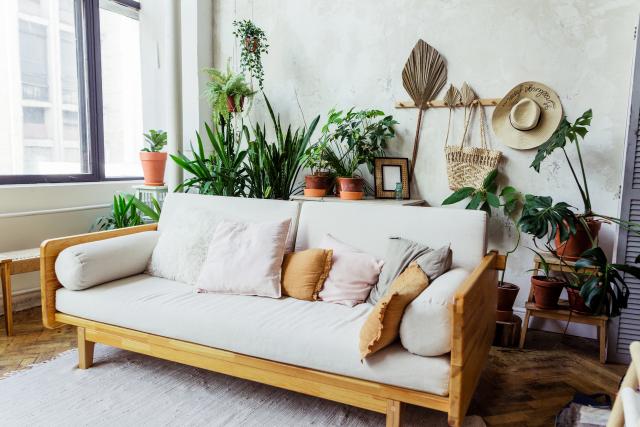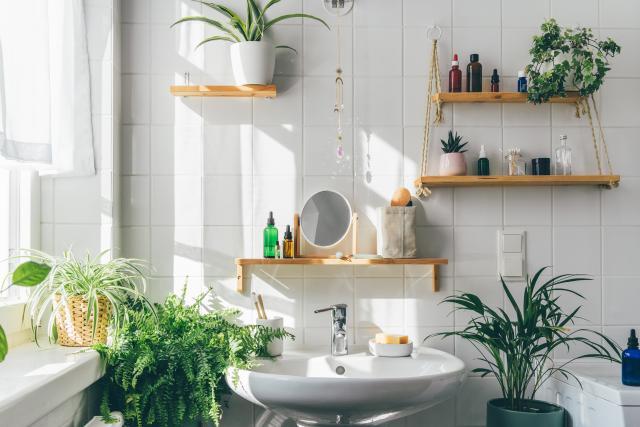By Holly Mcguinness
After being locked in our homes through two years of rolling lockdowns, reconnecting with nature has been on the rise ever since, and it’s influencing design trends, including in Sunbury and the Macedon Ranges.
Biophilic design integrates aspects of the natural world into the home, creating a calm and organic space, centred around a resemblance to the outdoors.
Derived from the term biophilia – a proposal that humans have a deep intuitive connection with the natural world – biophilic design is more than just adding a couple of house plants to the living room.
Let’s face it though, we don’t all have the space to create an indoor atrium, bursting with ferns and water features, so adapting your home to include organic materials that emulate a natural feel is a great place to start.
When sourcing decor, try to find items close to their natural state, this will have more of a biophilic impact. Think a piece of driftwood still resembling its past life as a tree, now reborn as a table top or decorative wall piece.
Wicker and rattan are having a moment right now and are perfect for creating a biophilic home. If you’re not up to changing all your furniture around, upgrading light shades and curtains are an effective alternative.
Adding in more greenery and indoor plants is a great, simpler way to start. A vertical garden can be a high impact option for homes short on space, but sometimes tricky in rolling out without the right materials.
If a garden wall isn’t your style, strategically placing plants of varying heights across a room can also help. Aim furniture towards natural light sources and ensure plants are visible from every angle.
When thinking about colours to use, imagine your favourite place to spend time outdoors – how does it make you feel? What place comes to mind?
If the sound of waves soothes you, look to integrate light hues of blue and green, but if your place of peace is nestled in the forest, think neutral browns with deep shades of green.
Within colour choices the patterns can be just as important. Try utilising a base colour and patterns that suit into the theme you’re creating, like a resemblance to fish scales, fractals of a snowflake or the branches of a tree.
With these tips in mind, there’s no concrete rule book to creating a biophilic home, you can really go as extreme or minimal as you like to create a space that draws inspiration from the natural world.










